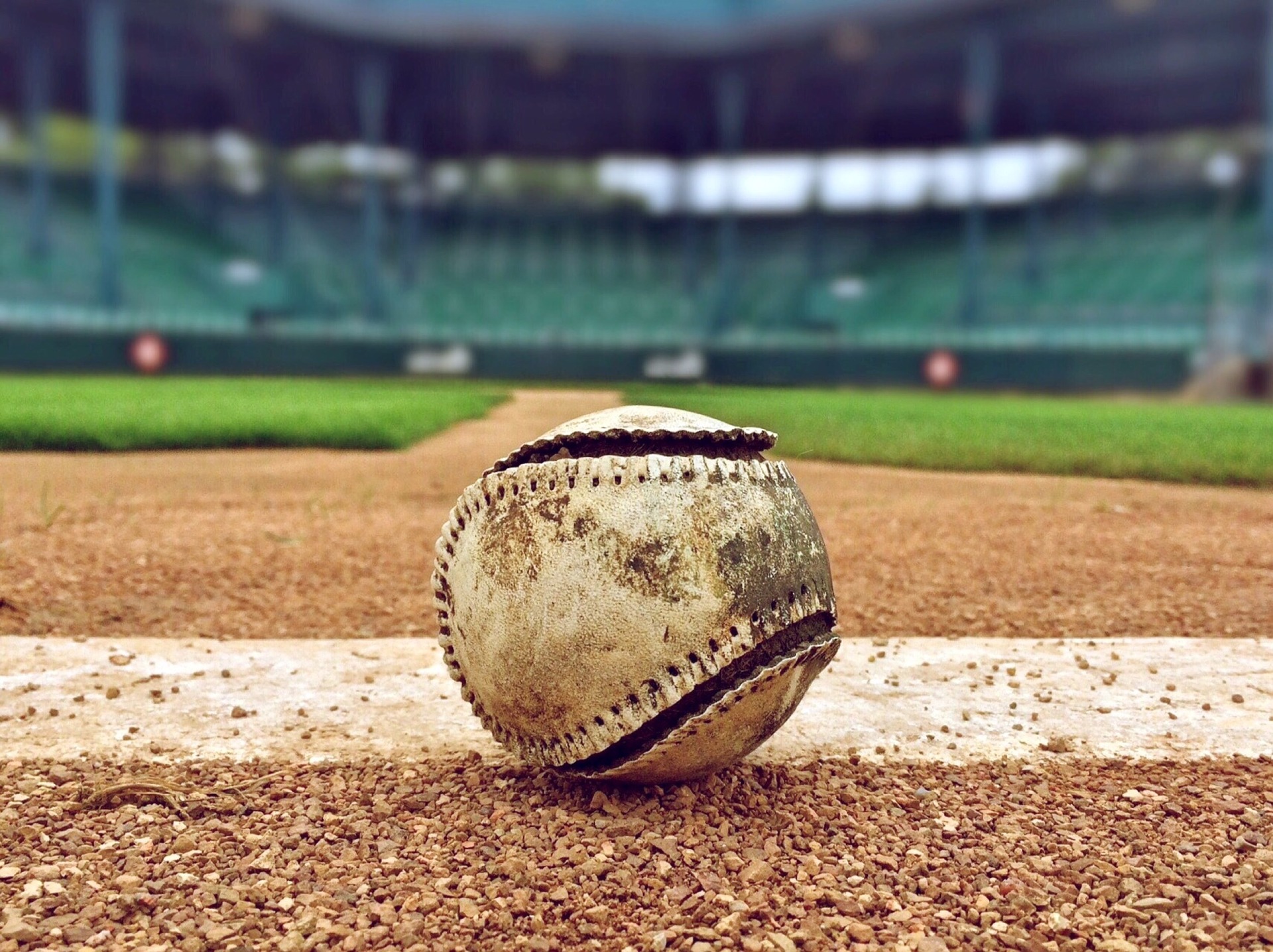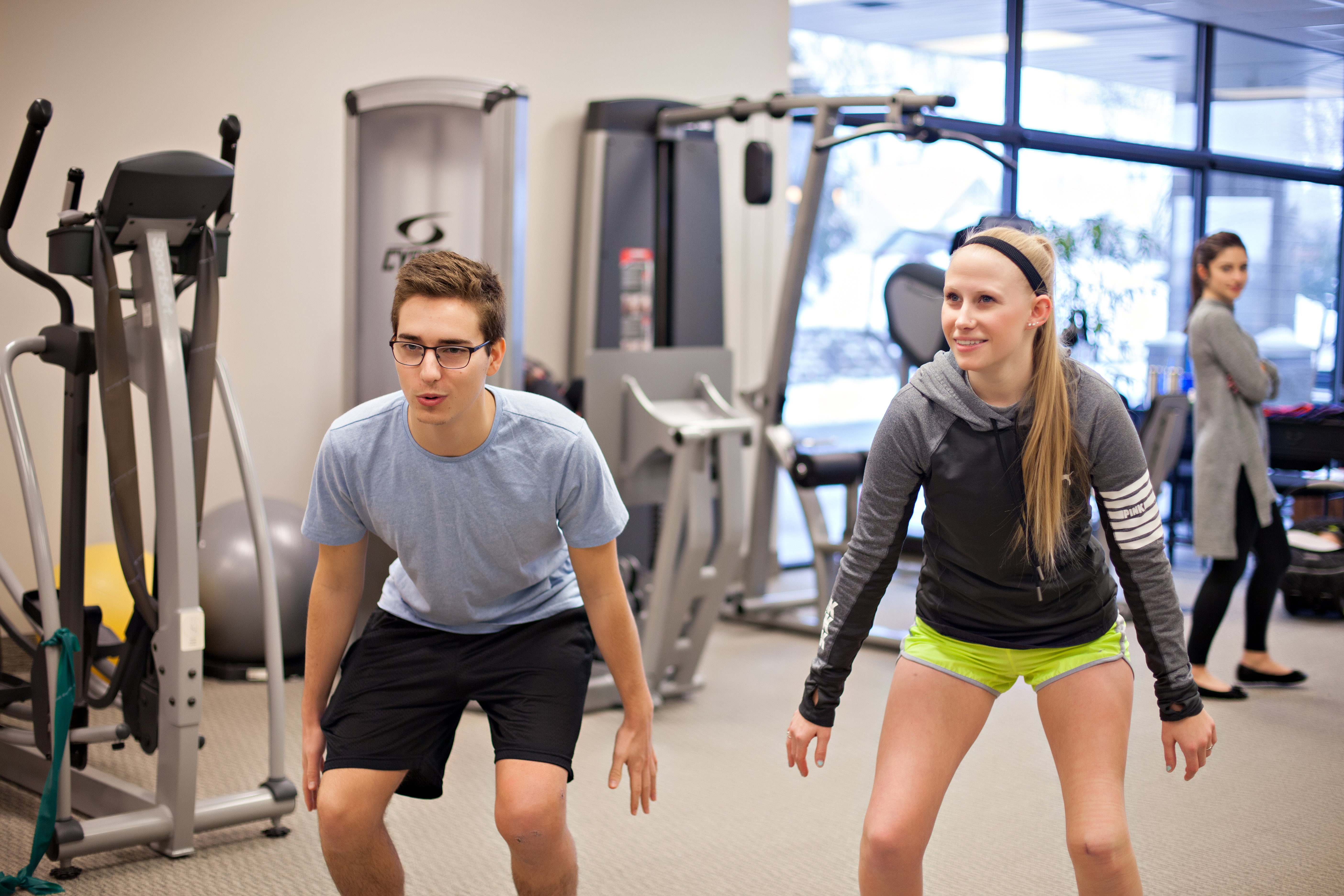When Do Our Sports Seasons Actually Start and End?
February brings a lot of changes in the world of sports. Professional football has finally ended, March Madness is just about to start for college basketball, numerous high school sports seasons are beginning to wrap up, and major league baseball players everywhere report to the lovely confines of spring training. Soon to follow are Michigan’s school and youth baseball and softball seasons – assuming that our weather cooperates!
However, if we think about how young people are participating in sports today, does the term “season” really apply? For instance, a high schooler playing baseball or softball today may be on their school team as well as a travel team. This could entail spring and summer practices and games for both teams, as well as fall leagues for their travel team. During the winter he or she may be expected to take part in winter lifting and weight training for school, while also having winter hitting, throwing, or fielding clinics for the travel team. Therefore, if this young person is playing in the spring, summer, fall and winter does their sport season really ever end? When someone is playing this much when does he or she get rest?

I have started to realize that the trend in sports is not just towards specialization of one sport, but also towards the monopolization of time and energy by that one sport. This continued trend has been leading to real data about preventable injuries in young people playing sports. This data is showing up that kids are no longer just using their bodies, but they are starting to overuse them. New studies have started to look at injuries in sports and state that there are roughly 3.7 million youth sport injuries per year, with 50% percent of this injuries being classified as overuse injuries. That means that there are 1.35 million injuries that could possibly be prevented.
Let’s look directly at baseball and the knowledge that we have regarding injuries in this sport. Recent studies and data collected all show the same trend with baseball: the more a child throws, the higher the likelihood that they will sustain injury. For instance, a youth athlete who pitches more than 100 innings per year is 3.5 times more likely to get injured. A youth who throws consistently more than 80 pitches per game has a 4 times greater chance of being injured. Even at the high school level data is being collected that shows a 42% increase in overuse injuries to students when they are participating in a sport all year, versus students who only participate in sports for 75% of the year. There are even some studies that have examined weekly sports training and playing and found that kids playing or training for more than 16 hours a week in one sport have a significantly higher chance of sustaining an injury that requires medical care.
This information is not meant to scare parents or kids into stopping sports or taking drastic changes in the amount of sports they participate in. Rather, I want this information to start forming an understanding that kids are being injured at a much higher rate than in the past and that there are some simple things we can do as adults, parents, and coaches to help them stay healthy.
1. Listen to your child or athlete when they say that they are hurt, sore, or injured. Playing while hurt is a surefire way to increase risk of injury. Even though we as parents can spend a lot of money or time with the kids travel team does not mean that they should play or have to play with an injury.
2. Take time away from playing that sport and even sport-specific drills and techniques. With the current world moving more towards showcases, travel teams, and out of season games, there is a lot more repetitive trauma being done to certain joints. Therefore, spending multiple months away from those specific activities and working on cardiovascular conditioning, strength, flexibility and mobility can give those over-used areas time to rest and recuperate.
3. Make sure our kids recover better. Recovery does not just take place in season but also out of season. Kids need ample amounts of sleep and rest along with the right food intake to keep them from breaking down.

Being a parent or youth athlete in the ever-evolving world of sports is not easy…but it should still be fun. Regardless if these kids are playing on a single tee-ball team or multiple travel teams they still need to have fun, be healthy, and play without thought of injury. So if you feel like your child or your team is playing in too many games, participating in too many showcases, or are constantly paying for individualized training – remember that it is better to play 75% of the games at 100% healthy than playing 100% of the games at 75% healthy.
If your athlete has sustained an injury or is experiencing pain, please do not hesitate to get it checked out. Hulst Jepsen Physical Therapy offers free consultations for situations exactly like these. We are here to give guidance and suggestions to help your athlete stay 100% healthy. Visit any of our 14 locations to meet with a physical therapist who is ready to get you scheduled within 24-48 hours to get your athlete on the road to recovery today.
